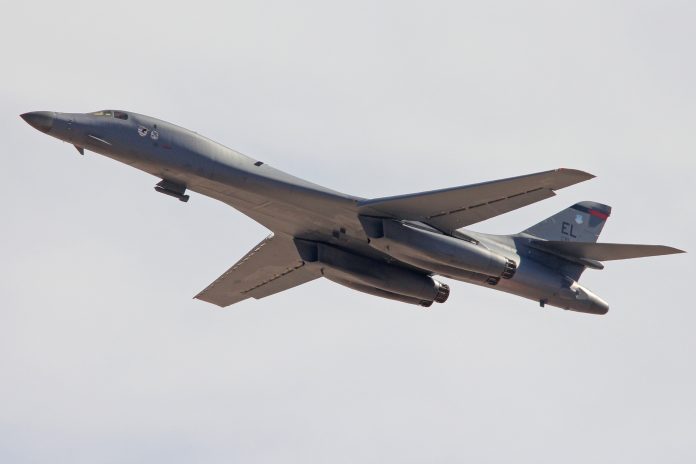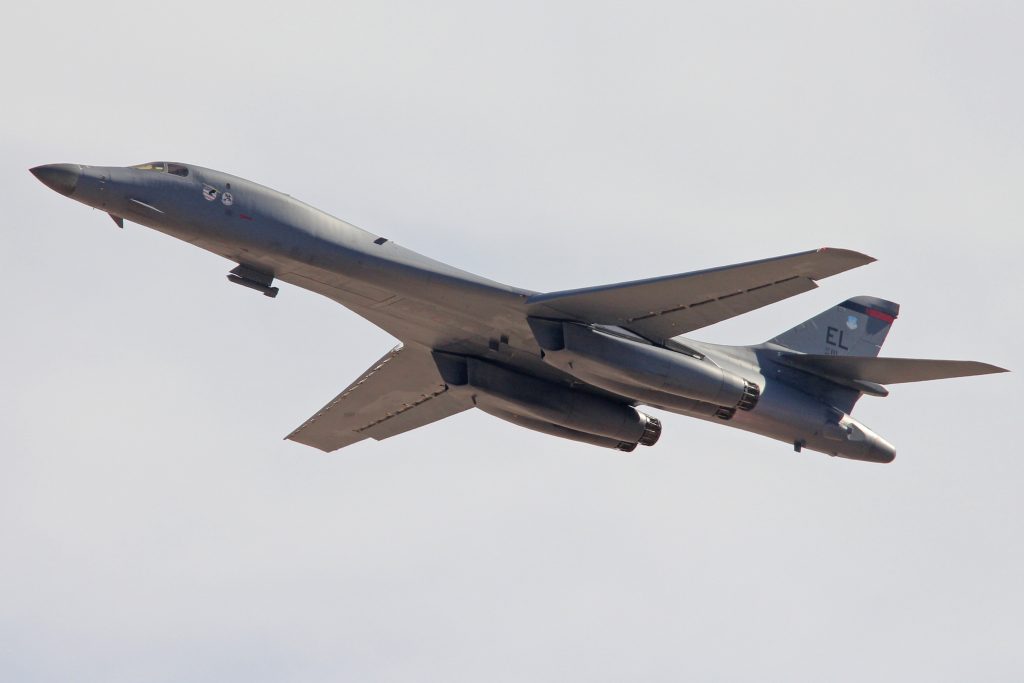
Should the US Air Force really retire one of its most formidable bombers before its successor is fully ready? “The Bone,” better known as the B-1B Lancer, has been carrying America’s long-range strike ambitions for four decades. The emergence of the stealthy B-21 Raider places the Air Force at a strategic crossroads: phase out the aging Lancer or preserve a lean force for specialized roles.
The Lancer is not purely a story of speed and payload but one about adaptability in an evolving threat environment. From nuclear Cold War missions to precision strikes in the Middle East, it has reinvented itself time and time again. With modern adversaries fielding advanced air defenses, the future of the B-1B hangs in the balance of whether its unmatched conventional payload and standoff strike potential outweighs its vulnerabilities. This listicle looks at ten deep facets of the B-1B’s legacy, modernization efforts, and strategic value in order to illustrate why this jet’s “sad message” to the Air Force means so much more than just good-bye.

1. Origins in Cold War Strategy
Actually, the B-1 program originally started during the 1970s as the B-1A, with high-speed, low-altitude nuclear penetration against Soviet defenses in mind. It was axed by President Jimmy Carter in 1977 due to cost overruns and emerging technology involving cruise missiles. When Ronald Reagan revived it in 1981, the B-1B entered service in 1986 with reduced speed but greater payload, shifting toward conventional missions after the Strategic Arms Reduction Treaty stripped its nuclear role.
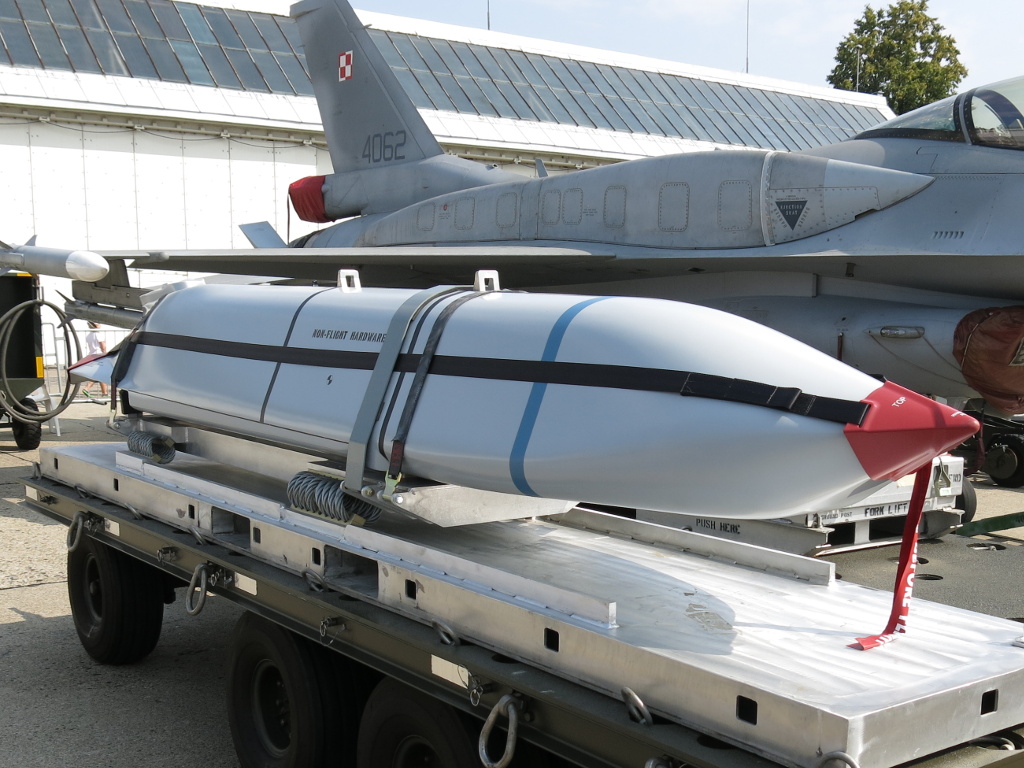
2. Unmatched Conventional Payload
With 75,000 pounds of maximum load, the B-1B is the heaviest-laden U.S. bomber carrying guided and unguided ordnance. Internal bays can hold up to 24 AGM-158 JASSMs or LRASMs with forthcoming external pylon upgrades set to increase that to as many as 36. Firepower that allows for saturation strikes against naval and land targets at vast distances.
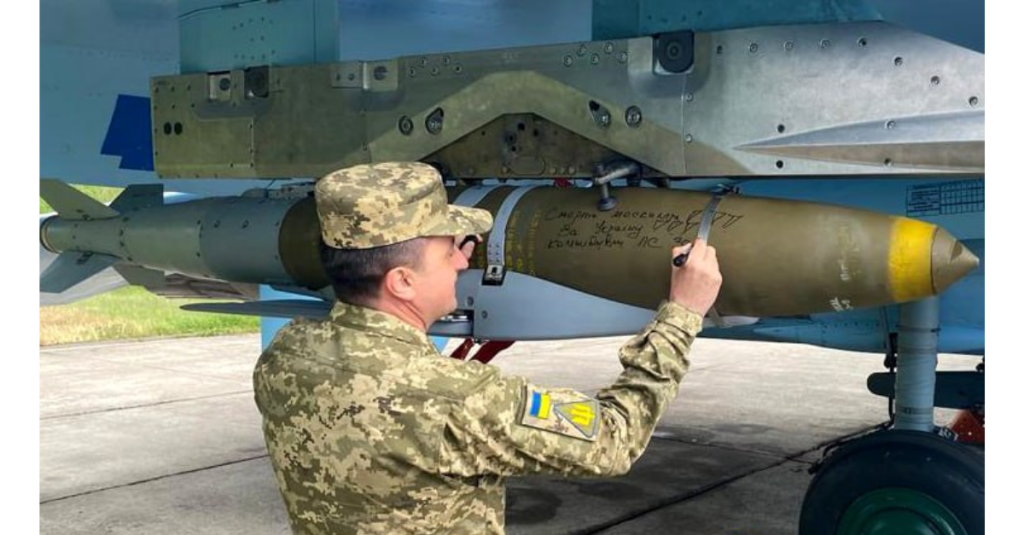
3. Evolution Through Five Tactical Phases
Col. Joseph Kramer presented the B-1’s tactical evolution, from nuclear low-level penetration to precision JDAM delivery to loitering close air support with targeting pods, and now long-range cruise missile strikes. The current phase of this vision features standoff weapons like the LRASM, to be followed by integration with hypersonic systems ahead of the B-21’s arrival.
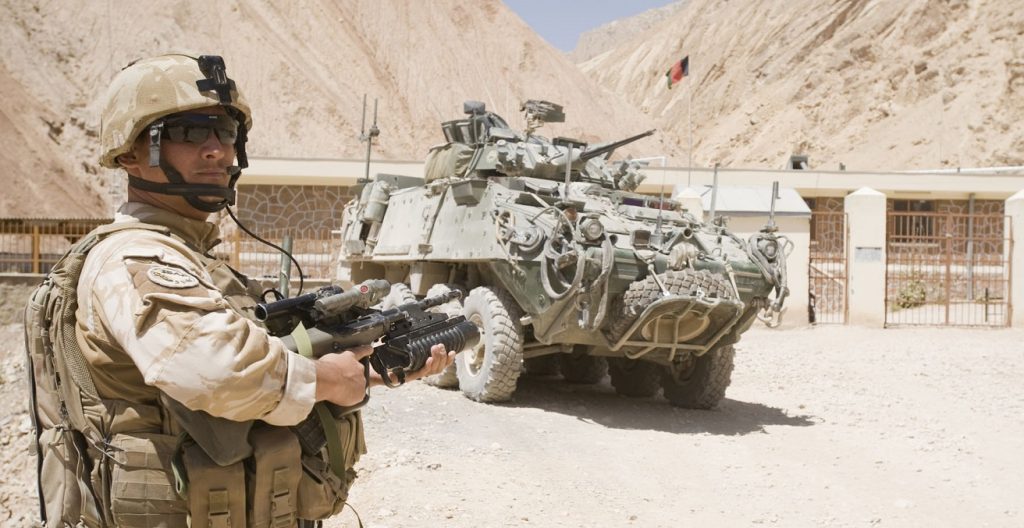
4. Combat-Proven Over Decades
Since 9/11, the B-1B has flown thousands of sorties over Iraq and Afghanistan in support of close air support and strategic strikes. Notably, in February of 2024, B-1s launched from Dyess AFB, struck targets in Iraq and Syria, and returned home without landing; a 34-hour mission demonstrating global reach without forward basing.
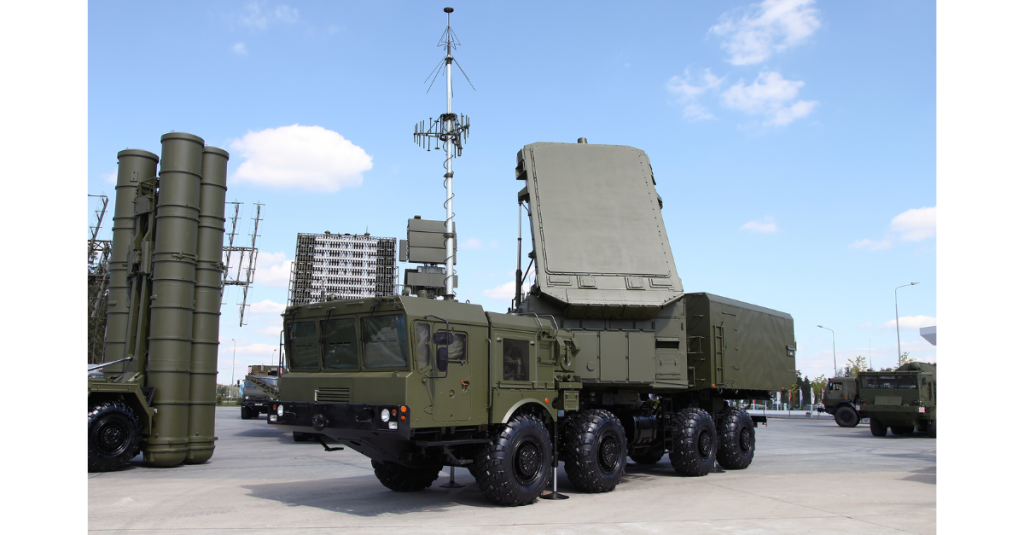
5. Vulnerability to Advanced Air Defenses
In that respect, the Russian S-400 and S-500 systems and the Chinese HQ-9 and HQ-19 systems create serious threats to non-stealth bombers. These layered defenses are able to track and engage targets at long ranges, making direct penetration missions against near-peer adversaries increasingly untenable for the B-1B.
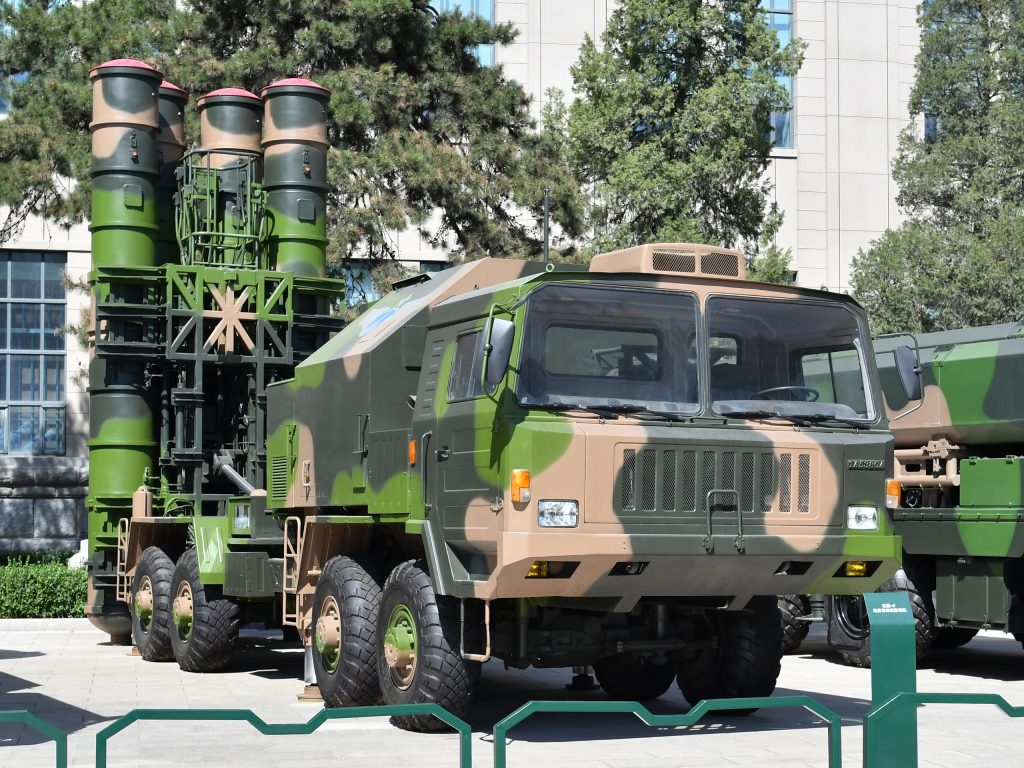
6. External Heavy-Stores Pylon Upgrade
The budget for FY2026 appropriates more than $50 million for the External Heavy-Stores Pylon program. Boeing’s Load Adaptable Modular pylons could expand the payload capacity by 50 percent: either two 2,000-pound weapons or a single 5,000-pound-plus hypersonic missile per station. The modification retrofits Cold War-era hardpoints to carry modern standoff munitions.

7. Hypersonic Weapon Integration
The B-1B has demonstrated captive carry and release of a 5,000-pound test shape from a LAM pylon. Other possible payloads include the AGM-183A ARRW and the Hypersonic Attack Cruise Missile, providing near-term strike options if the B-21’s timeline slips.

8. Anti-Ship Strike Capability
Currently, it is the only Air Force platform that is certified to carry the AGM-158C LRASM and provides a key component of maritime strike plans. The C-3 variant, with a range of about twice that of the C-1, will add significant deterrence in the Pacific owing to its enhanced capability to strike high-value naval assets from secure distances.
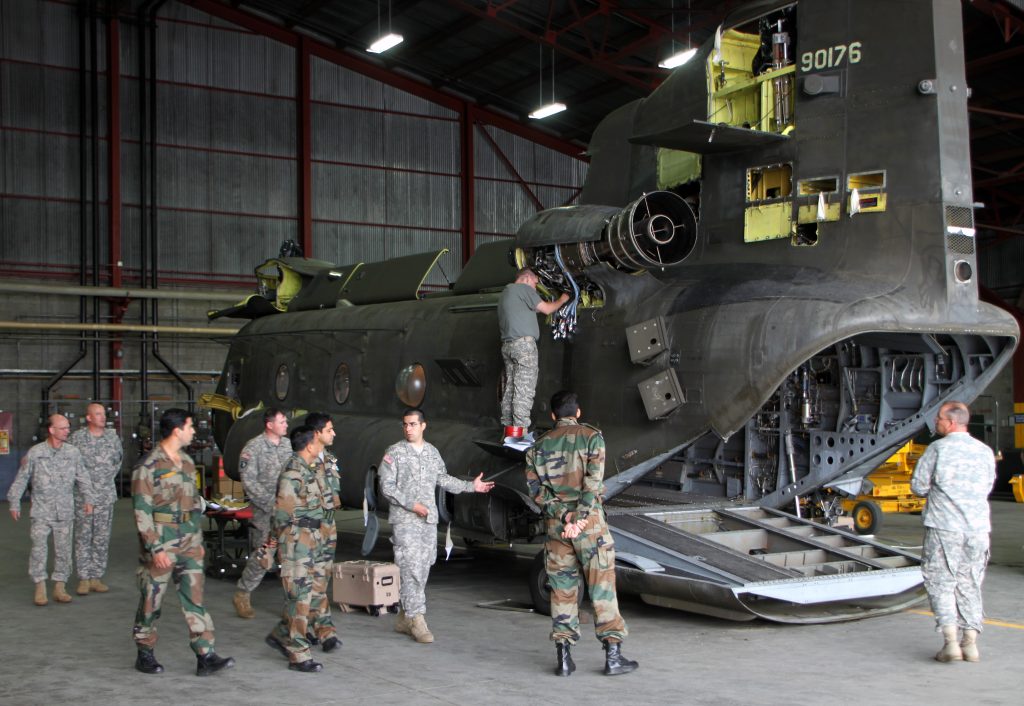
9. Maintenance and Readiness Challenges
The fleet is worn out after decades of high-operations tempo, with many aircraft not mission-capable. Maintenance costs per flight hour are high while training sorties are limited. Innovations like the Bomber Aluminum-Rail-Set Multipurpose Adapter-or BAMA-simplify loading procedures to help improve sortie generation.
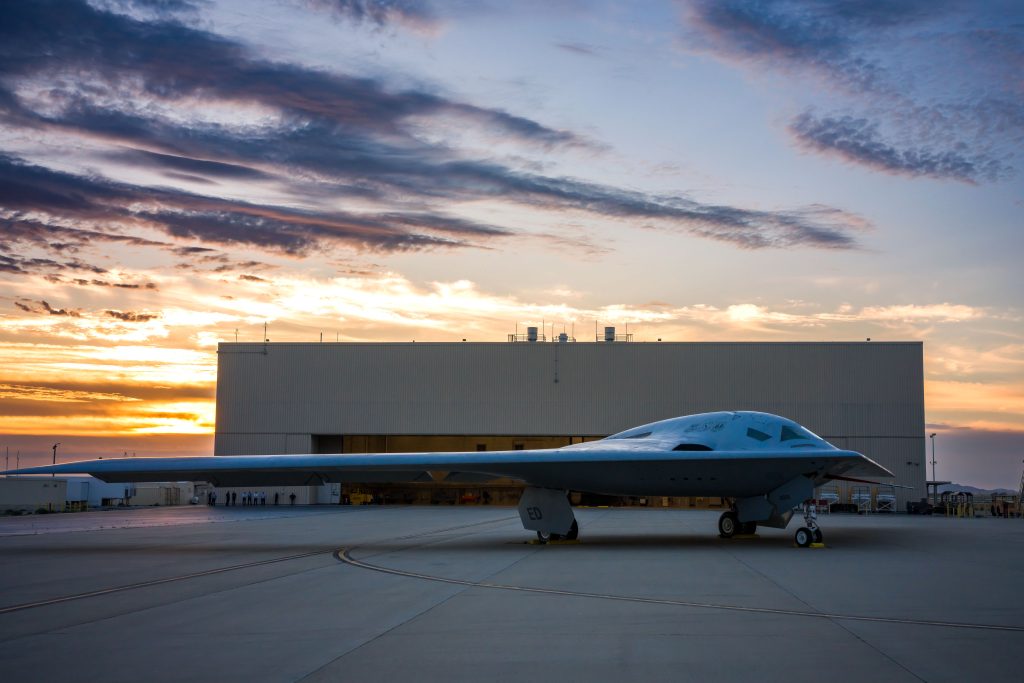
10. Strategic Transition to the B-21 Raider
Maj. Gen. Jason Armagost highlights that the B-21 is built on lessons from the B-1B’s adaptability. While Dyess AFB will be the third base to take the Raider, retaining some 20 Lancers at Dyess as standoff shooters could provide a bridge until the new stealth bomber becomes fully operational.
The B-1B Lancer’s retirement is less about the retirement itself than about the changing threats, technological advancement, and fleet readiness determining the timing of this strategic handoff. Whether serving on the front lines as a standoff strike asset or serving in other roles such as a hypersonic testbed, the Bone’s final years still have a chance to shape U.S. bomber doctrine into the 2030s.
